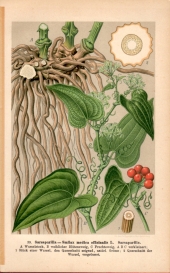
 2
2




We cannot change the waves of expansion and contraction, as their scale is beyond human control, but we can learn to surf. Nicole Foss @ The Automatic Earth
















 1
1




 1
1




 2
2




The Food Forest project of Ogfor.com




"To oppose something is to maintain it" -- Ursula LeGuin
 1
1




 1
1




Cassandra Mieslik wrote:Also I noted a reply that "edible" has to do with each person's taste, some berries that are listed as edible taste terrible! I agree with that, has happened to me lots of time when I've picked different berries from wild plants.
The Food Forest project of Ogfor.com




 I do realize that people who eat a SAD diet have a difficult time adjusting to the taste of wild foods, what you grow up with taste good to you. Plus the chemicals that are added to factory food causes a craving for them, both in people and pet food.
I do realize that people who eat a SAD diet have a difficult time adjusting to the taste of wild foods, what you grow up with taste good to you. Plus the chemicals that are added to factory food causes a craving for them, both in people and pet food.
 1
1












Get involved -Take away the standing of corporations MovetoAmmend.org




Permaculture...picking the lock back to Eden since 1978.
Pics of my Forest Garden




Permaculture...picking the lock back to Eden since 1978.
Pics of my Forest Garden
 2
2




 2
2




Sylvain Picker wrote:
Cassandra Mieslik wrote:Also I noted a reply that "edible" has to do with each person's taste, some berries that are listed as edible taste terrible! I agree with that, has happened to me lots of time when I've picked different berries from wild plants.
Most importantly, the point that I want to make here is that the taste of wild food will give you a superior pleasure than the one you would get from any industrial food, but your tatste buds have to be trained back, or kind of cleaned of the damage that chemical foods has done to them.
It's not that wild fruit taste terrible, it's just that our taste buds have been trained into thinking that the totally horrible taste of modern industrial food is good !

|
And inside of my fortune cookie was this tiny ad:
Learn Permaculture through a little hard work
https://wheaton-labs.com/bootcamp
|



